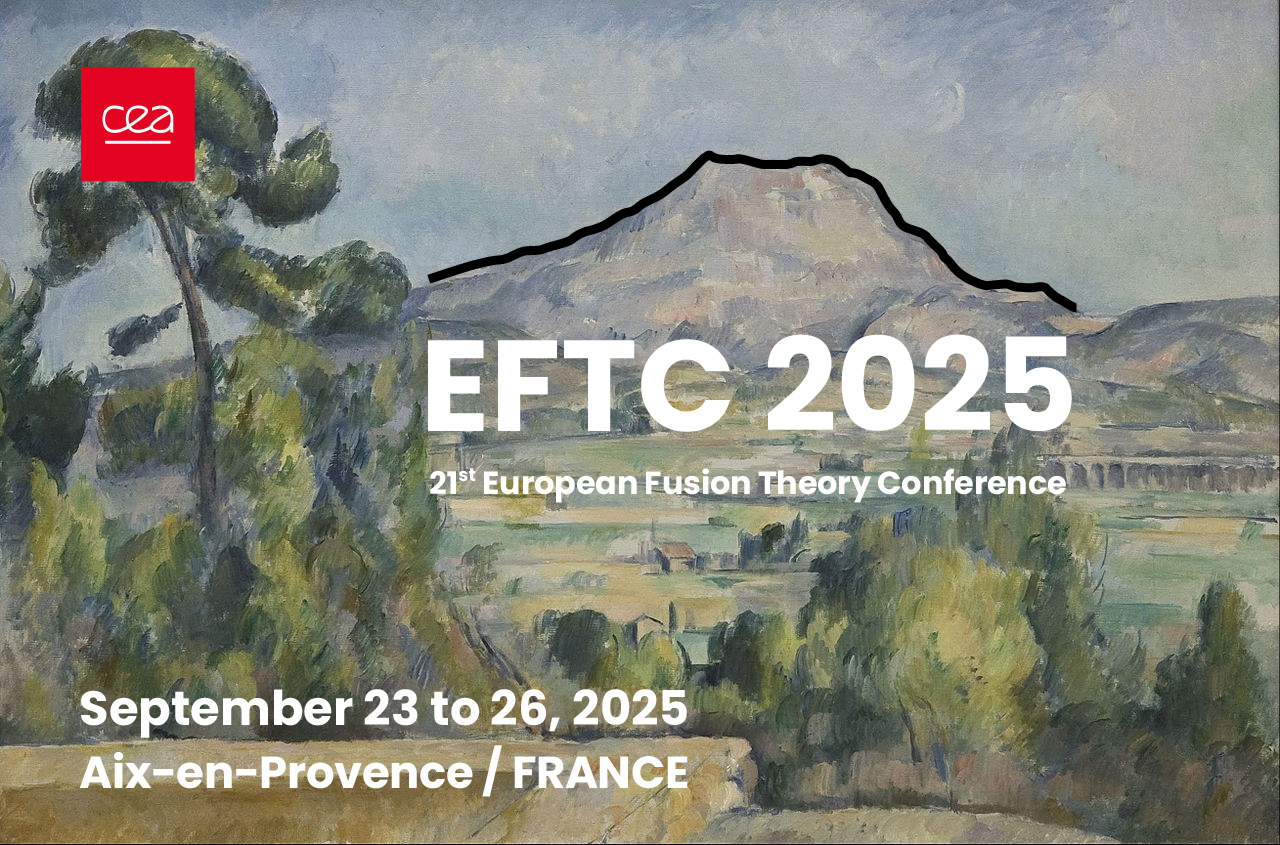Speaker
Description
Understanding plasma behaviour in the scrape-off layer (SOL) is critical for predicting particle and energy exhaust in magnetically confined fusion devices. A key feature in the SOL is magnetic flux expansion, which reduces peak heat loads on divertor targets by spreading exhaust across a larger surface area. This phenomenon is typically modelled using fluid codes, which incorporate flux expansion geometrically through area factors in the governing equations [1,2]. However, fluid models often rely on well-behaved time and length scales, such as those in the Braginskii closure, which break down in the plasma edge [3]. In particular, detached conditions and transient events like edge-localised modes (ELMs) can lead to strongly non-equilibrium behaviour, requiring kinetic treatment to accurately capture the non-local and non-equilibrium physics [4,5,6].
The work to be presented in this poster consists of a novel finite volume discretisation for a kinetic model that includes magnetic flux expansion, suitable for implementation in a reduced one-dimensional Vlasov-Fokker-Planck (VFP) code. Unlike in 2D or 3D kinetic models – where expansion and mirroring arise naturally from the coordinate geometry – such effects must be explicitly reconstructed in 1D through the formulation of the governing terms and their spatial discretisation. The kinetic equation is decomposed using Legendre polynomials in the pitch-angle coordinate in velocity space, and the resulting terms are volume-integrated over an expanding grid cell. To ensure consistency with flux-expanding fluid models, the Legendre-decomposed advection and mirror force terms are constructed in such a way as to preserve the expected discretised equations for the fluid moments in the appropriate limit. This introduces specific constraints on the decomposed terms.
Implementation of this discretisation within ReMKiT1D, a 1D framework for SOL modelling, will be discussed, along with an outline of the planned steps for further development [7].
References
[1] Dudson, B. D. et al. Plasma Phys. Control. Fusion, 61(6) (2019)
[2] Derks, G. L. et al. Plasma Phys. Control. Fusion 64 (2022)
[3] Braginskii, S. I. Reviews of Plasma Physics 1, 205 (1965)
[4] Tskhakaya, D. et al. Contrib. Plasma Phys., 48(1–3), 89–93 (2008)
[5] Chankin, A. V. et al. Plasma Phys. Control. Fusion, 60 (2018)
[6] Mijin, S. et al. Plasma Phys. Control. Fusion, 62(9) (2020)
[7] Mijin, S. et al. Comput. Phys. Commun., 300 (2024)
This work has been part-funded by the EPSRC Energy Programme [grant number EP/W006839/1].

